Teaching, Experiments and explorations
Side projects to explore the worldTeaching, Tangible and embodied interaction, interaction design, research, material research, experience prototyping, tools for expression.
EXPERIMENTS AND EXPLORATIONS
During my studies and work experiences I have been doing side projects, experiments and explorations that I would like to share with you on this page. I hope it inspires or helps you in some way. Always feel free to reach out with any questions or ideas.
Since high school, I’ve been giving workshops on 3D printing and Arduino for Teachers (of high school) and building 3D printers together with students. I’m also giving workshops for high-schools and elementary-schools and was a tutor for two courses (creative apps and creative programming) at Eindhoven University of Technology.
I have a genuine passion to make people enthusiast about these subjects and show them that we can change the world by shaping it.
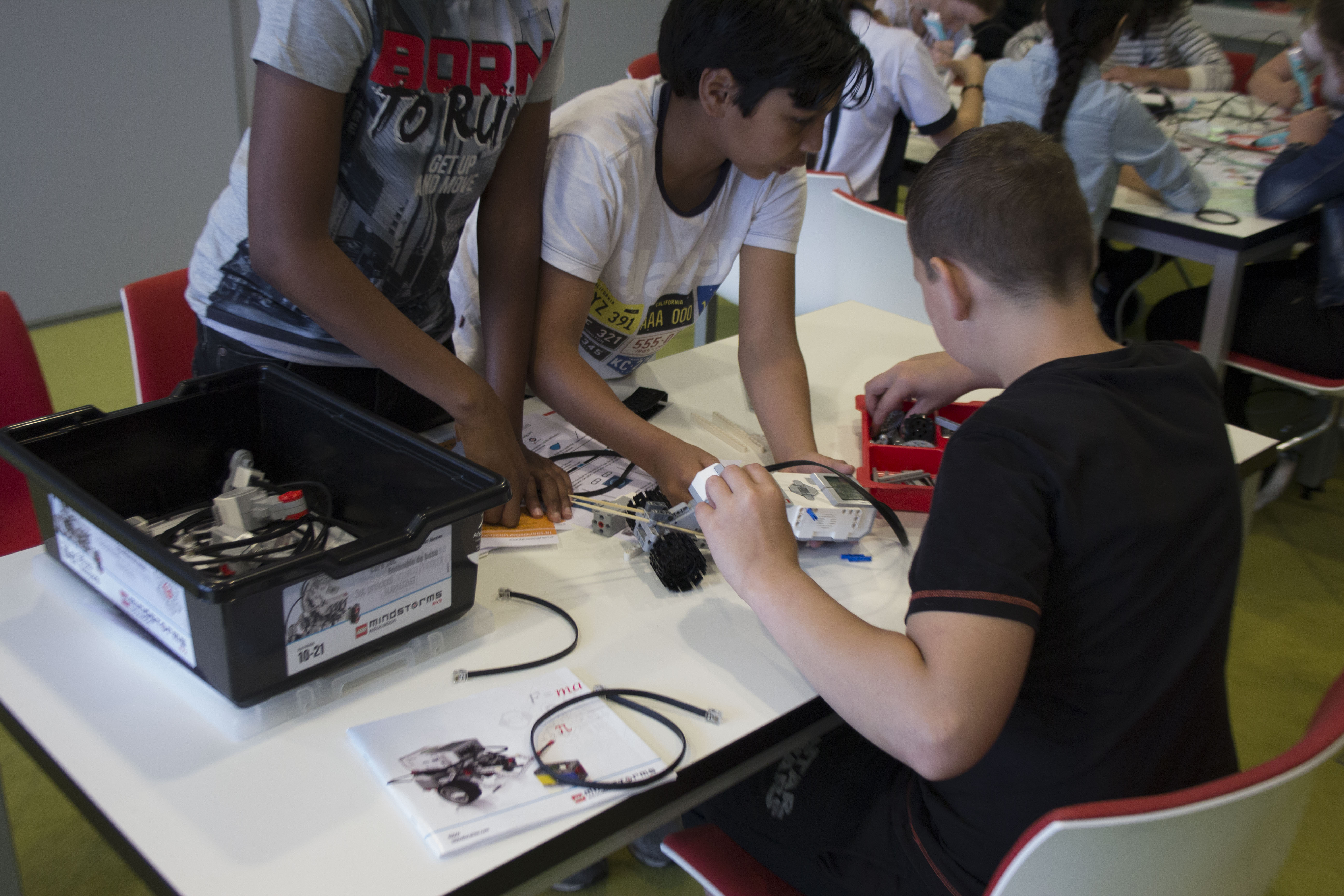


MINDSTORMS workshops
Making failing fun.
I developed and used course material for a 6 weeks course on LEGO Mindstorms, where every week there was a new creative challenge and did several one-day workshops.
Workshop Arduino and 3D printing for teachers
Inspire current teachers to be makers
I've been teaching 3D printing and Arduino to high-school IT teachers for 5 years, during education conferences.
Building 3d printers together with students
Making the future
I've been building several 3d printers together with high-school students.
Here I will share some tools that help you bridge the physical and digital world, usually bridging these worlds requires knowledge of libraries, programming, protocols, hardware, software and building. Here are some pathways that might help you hack experiences for user-testing or (video) communication prototypes easier.
From Pixel to Neopixel (2020)
Use the cursor to change the colour of NeoPixels. Create light experiences using visual software like Photoshop or After Effects. When you want to prototype light behaviour that is beyond the blinking LED, things start to become tricky. What if you can just hover over a colour or colours, and you would see how that would look in your prototype or project?
This project is published on Arduino project hub
Pixel to servo (2020)
This same idea can be used to control other outputs using graphical software, such as using aftereffects to control servo motion. In this way, visual software like After Effects can be used to create and explore more different servo movements.
Keyboard to control the world (2015-2020)
With a keyboard, you can control anything, from your phone, iPad, laptop. This will give Arduino the power it needs to control any screen.
This project is published on Hackster.io
Here I will share some of my explorations around data visualisations, showing how designers can play a role in envisioning and visualising the world of data in different ways than we're used to.
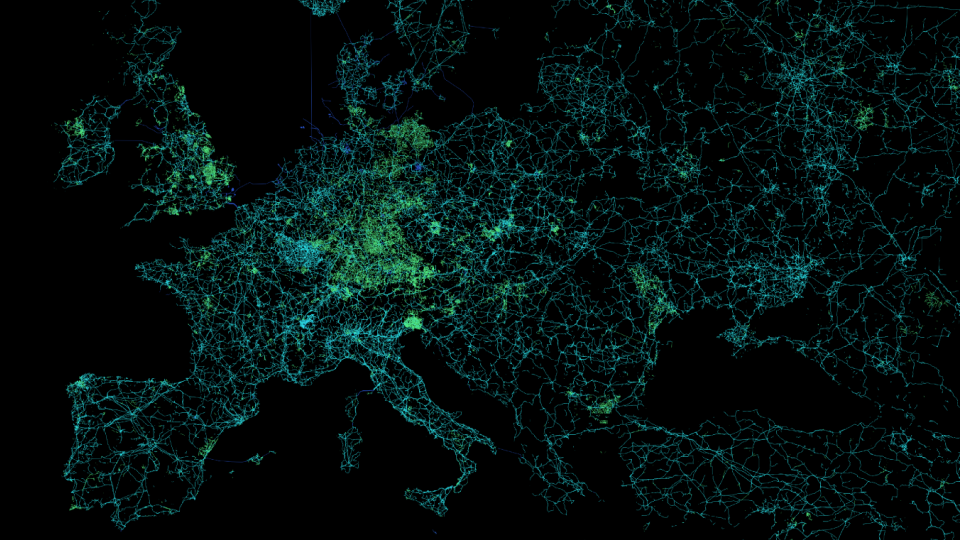
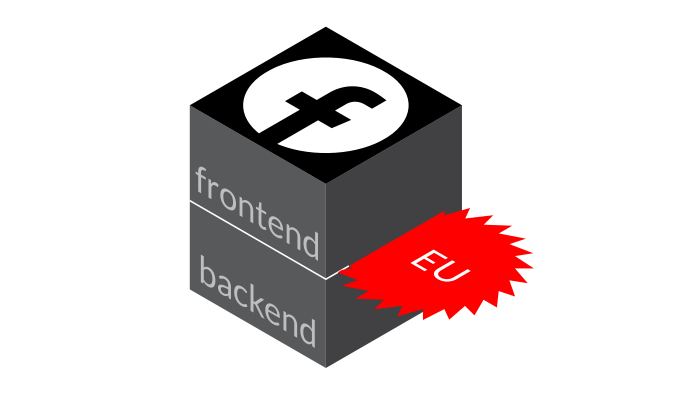
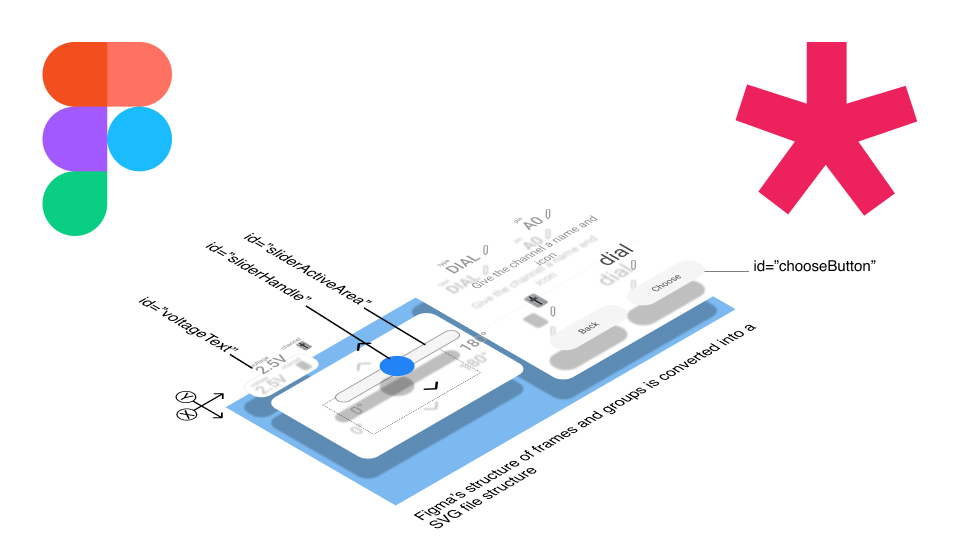
Seeing the world through
infrastructure (2019)
In these visualizations of the world through the eyes of infrastructure, I hope to enrich your view on the world, spark curiosity and critical thinking about the world we live in and the decisions that we take.
I shared these maps in a medium article
Future of social networks (2020)
This project explores a speculative scenario where social networks are forced to have a distributed system (like email). What are the ‘properties’ or ‘protocol’ of this new distributed social media since they define the soil on which future platforms will emerge.
I shared 3 provications in a medium article
From figma to p5.js
Sometimes you need more elaborate prototypes than the simple UX flows you can create in Figma. This article will describe how you could go from screen-based prototyping tools like Figma into more programming based prototyping tools like P5.js.
I shared this tutorial on medium.
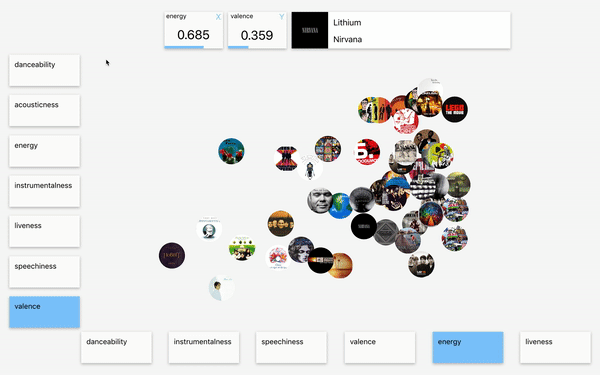
Deep finger, your silly AI assistant (2019)
In this project we were exploring prototyping with machine learning in the context of design. This project makes fun of the current hype around AI and the fact that we created interfaces that only use our finger. This design piece makes us move.
The prototype shown in the video is fully functional (if wired up to a laptop) and I shared an tutorial on how to use webserial with p5 to communicate to the Arduino on Arduino Project Hub
How does Spotify sees you? (2019)
How does Spotify quantify 'emotional' features of songs? Variables like Danceability and Valence were communicated in a value from 0–1. I thought it would be interesting to make some sort of application that could explore your music library in a more explorative way; by visualising these music features on the X and Y axis.
Build with Framer X using the Spotify API. I wrote an article about this project in the context of fluid assembly course.
Search outside your bubble (2019)
In this course on video prototyping, we made a VR app that would help you to see other's perspectives on topics. You literally step into someone else's context.
Check out the video
Here I will share some experiments that I did in my bachelor around hacking 3D printing technology to use it in different ways.


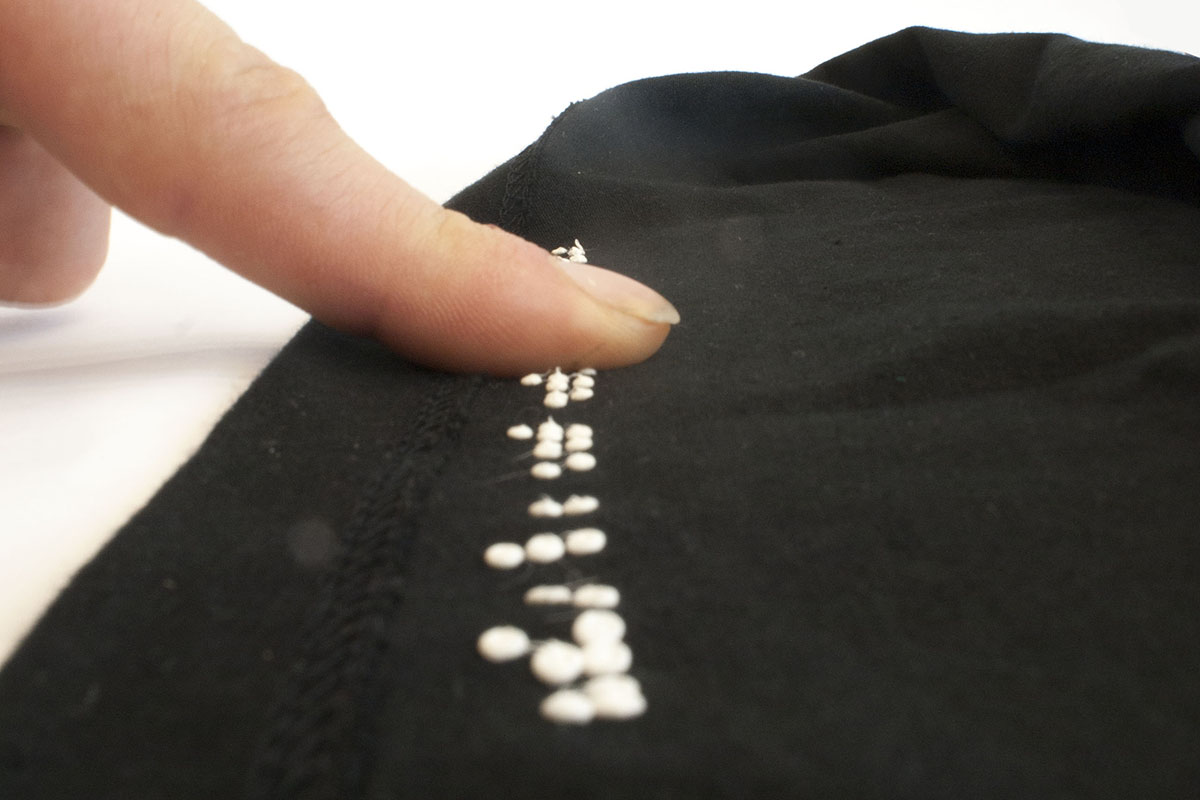
3D printing glass (2013)
I wanted to explore if and how it would be possible to print with glass, so I went to a glass blower and talked with him about different types of glass, temperatures and techniques. He gave me some glass powder to experiment with. I tried to use a laser cutter to melt the glass powder to show that it is possible to melt glass using a laser. After that I visited direct manufacturing research center in Paderborn they were interested in the glass printing experiments, but didn’t think that there is a big market for such a thing.
Using 3D printing to make textile structures (2014)
I explored how to combine textiles and 3D printing, by doing this I was able to constrain the clothes in various directions, make parts of clothing tactile and make the material bend in a certain direction when stretched. 3D printing on clothes can constrain people’s movement in certain directions, which might help people having problems to move. This technology can also add safety to ‘normal’ clothes, by constraining movements in certain directions.
G-code generator for 3D printing braille (2014)
I experimented more with 3D printing on textile and made a technology to 3D print braille directly on textile. So I developed a new way of using 3D printers to print dots instead of objects and published this technology online. The G-code is generated by this PHP webpage.
This project is published on Thingiverse
Here I will share some experiments that I did in my bachelor around hacking with a lasercutter to use it in different ways.

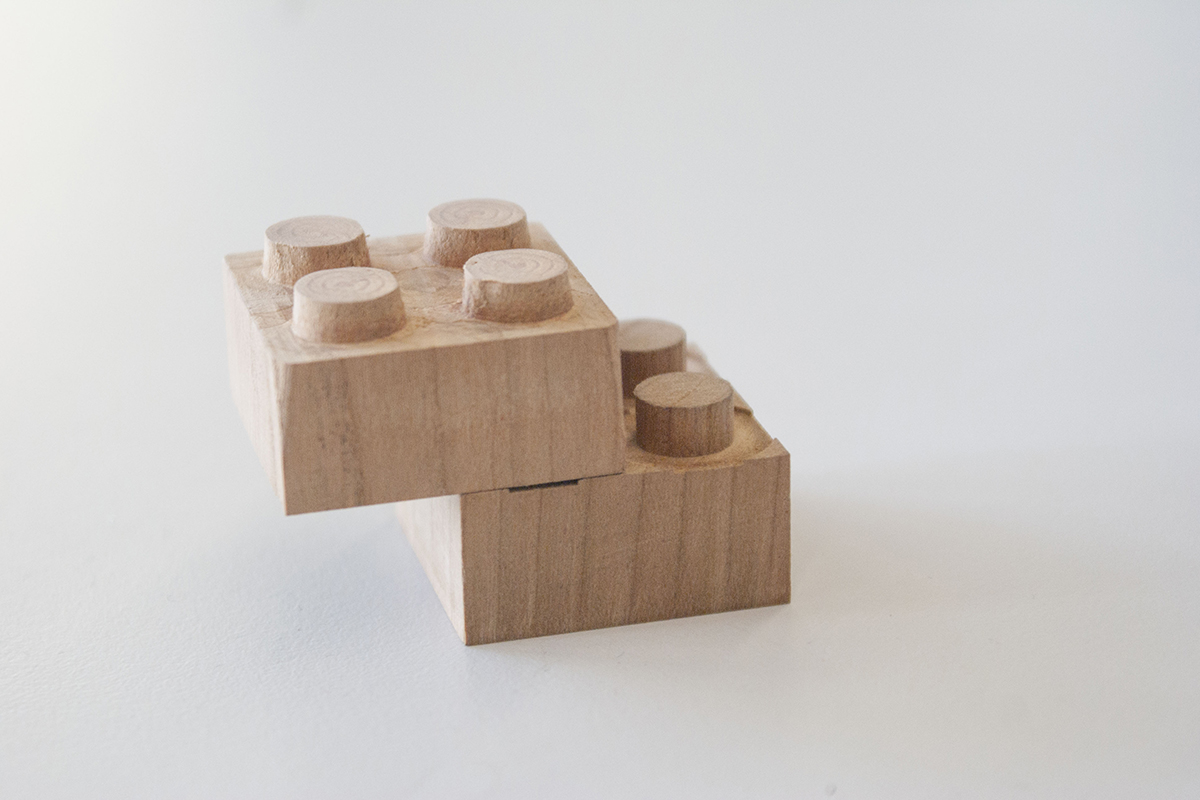
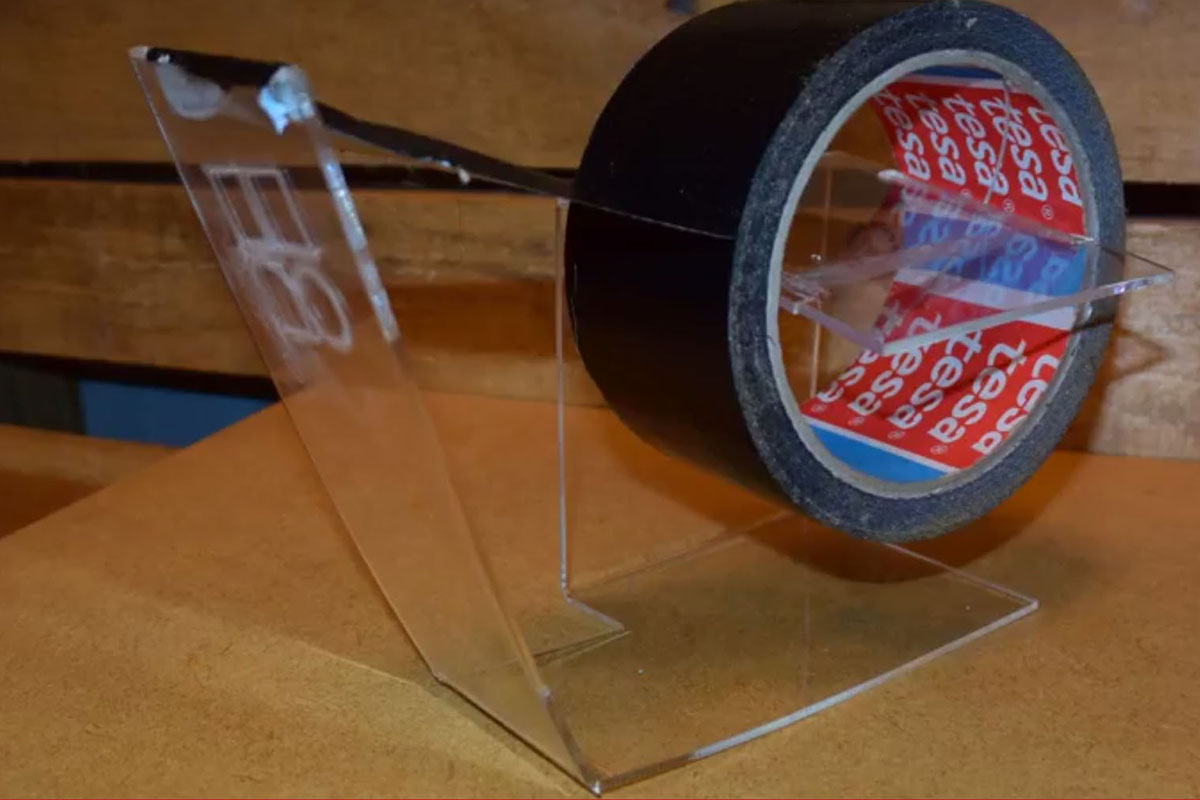
Egg graving (2013)
This experiment explored what happens when lasers meet organic material, like an egg shell. First they thaught I was crazy, but it is now having a place in the fablab showcase to encourage exploration.
Milling Duplo bricks (2015)
To learn CAD and CAM, I went to the FabLab Eindhoven to mill a functional duplo brick.
Laser origami
Together with Gerke van Garderen we tried to make a product using LaserOrigami, a technique developed at Hasso Plattner Institut. It uses the lasercutter to not only cut the object, but also bend it in the desired shape.
In this youtube video we describe our experience.
Here I will share some projects from my bachelor in Industrial Design.
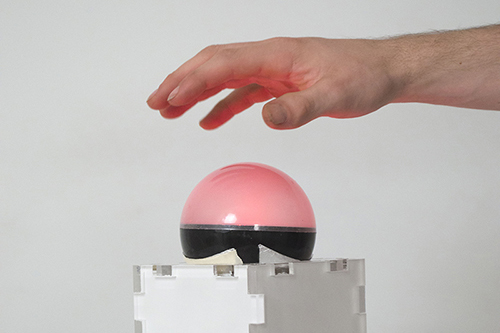
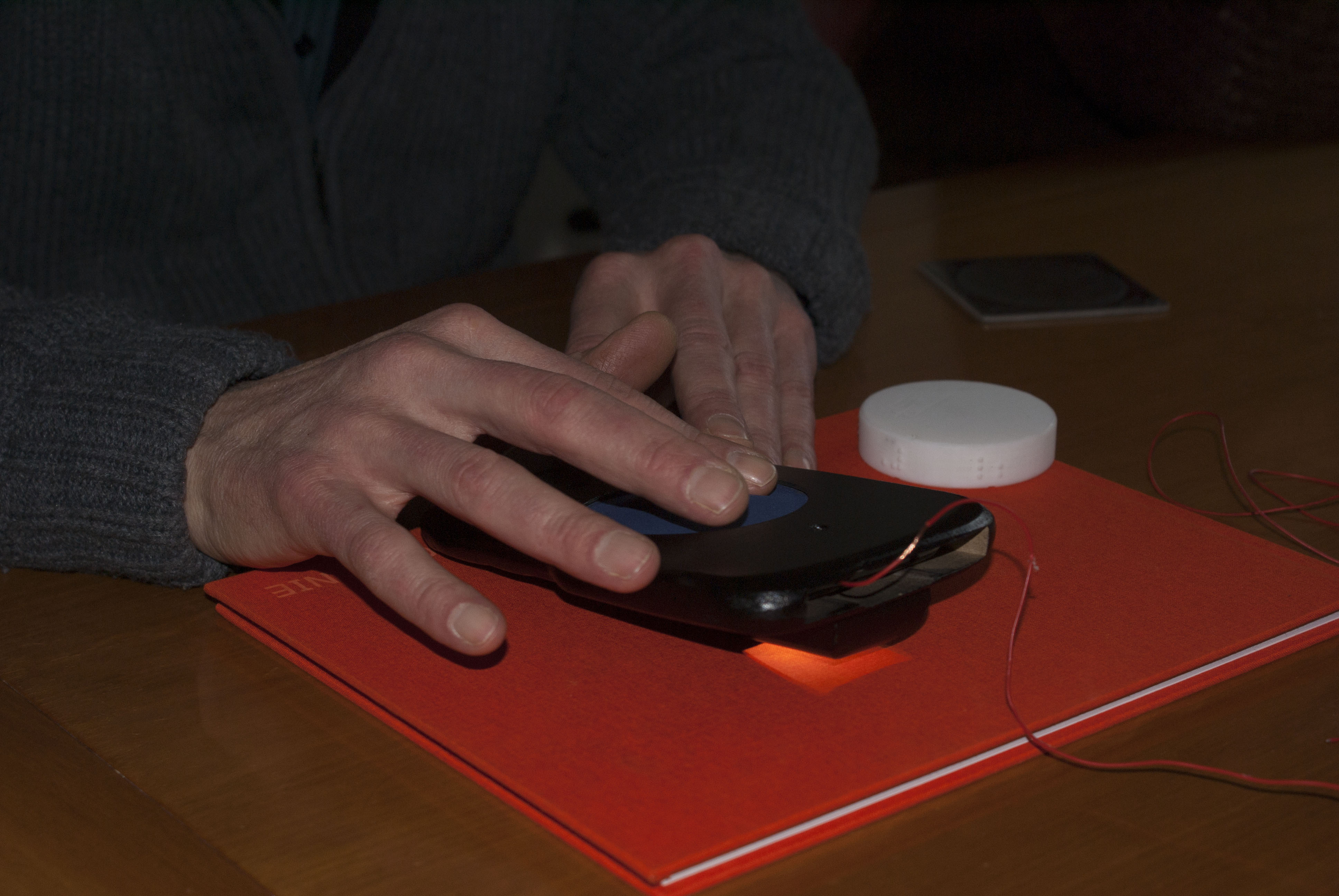
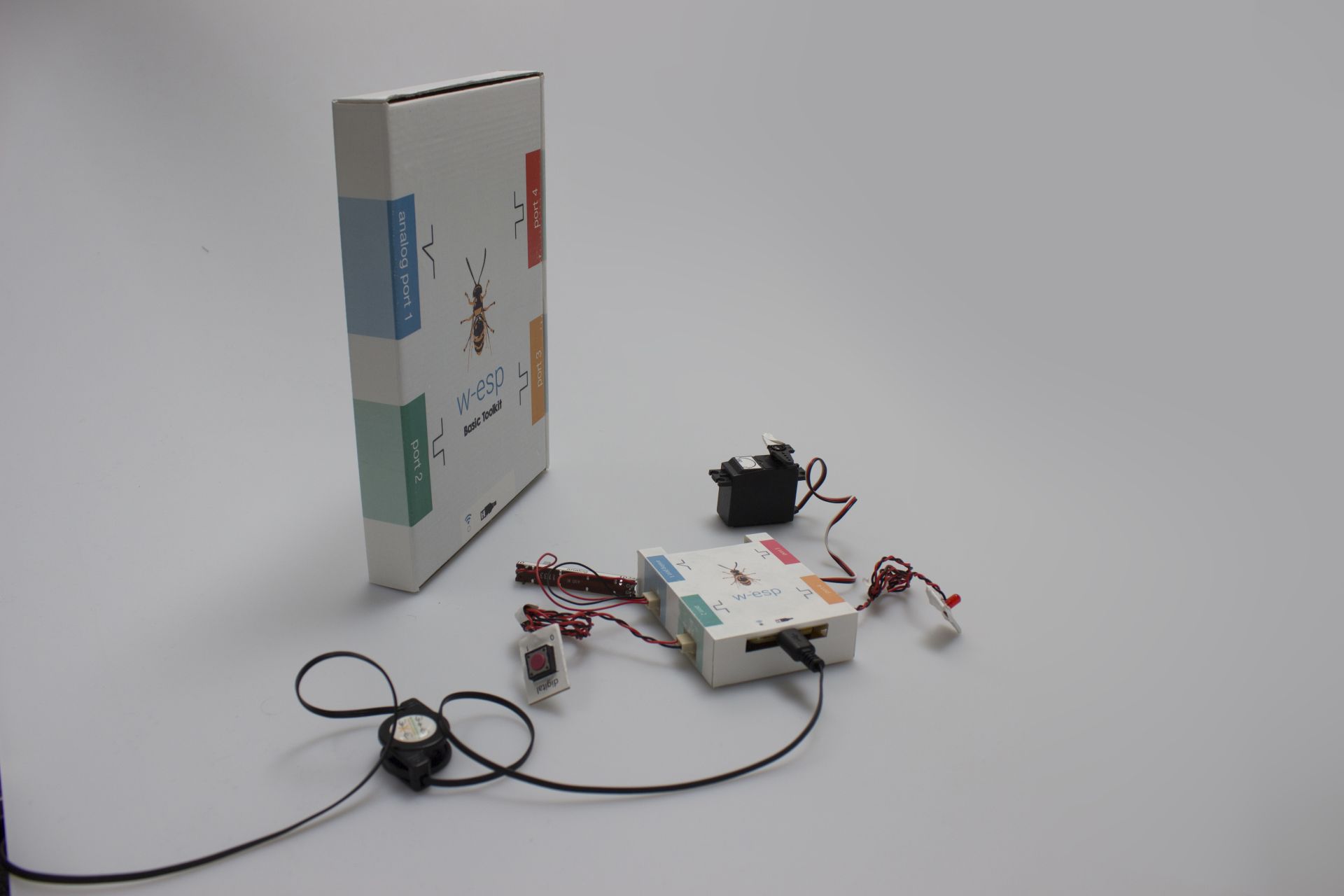
fLight (2013)
fLight is making the waiting room a place where people have a common experience. By having a playful common experience they could get more social and get distracted from the purpose of their visit and let them smile.
Check out the concept video
Color Makes Sense (2014)
Losing the idea of color is an emotional part of becoming blind. Blind people can use only words to describe colors. By using words they get a discrete idea of color instead of a continuous spectrum that it is in reality. ‘Color makes sense’ enables people to feel color in a tactile way, by doing this they become more independent and confident about color decisions.
If you want to read more check out report
W-esp (2015)
The w-esp is a toolkit that enables the first and second year students of secondary education to connect sensors and actuators to the internet and create interactive systems that use the internet of things. Together with the toolkit I created course material for the students that learn them about design thinking, in this way the children become aware of the possibilities of the 21st century and become more confident in using technology.
If you want to read more check out report